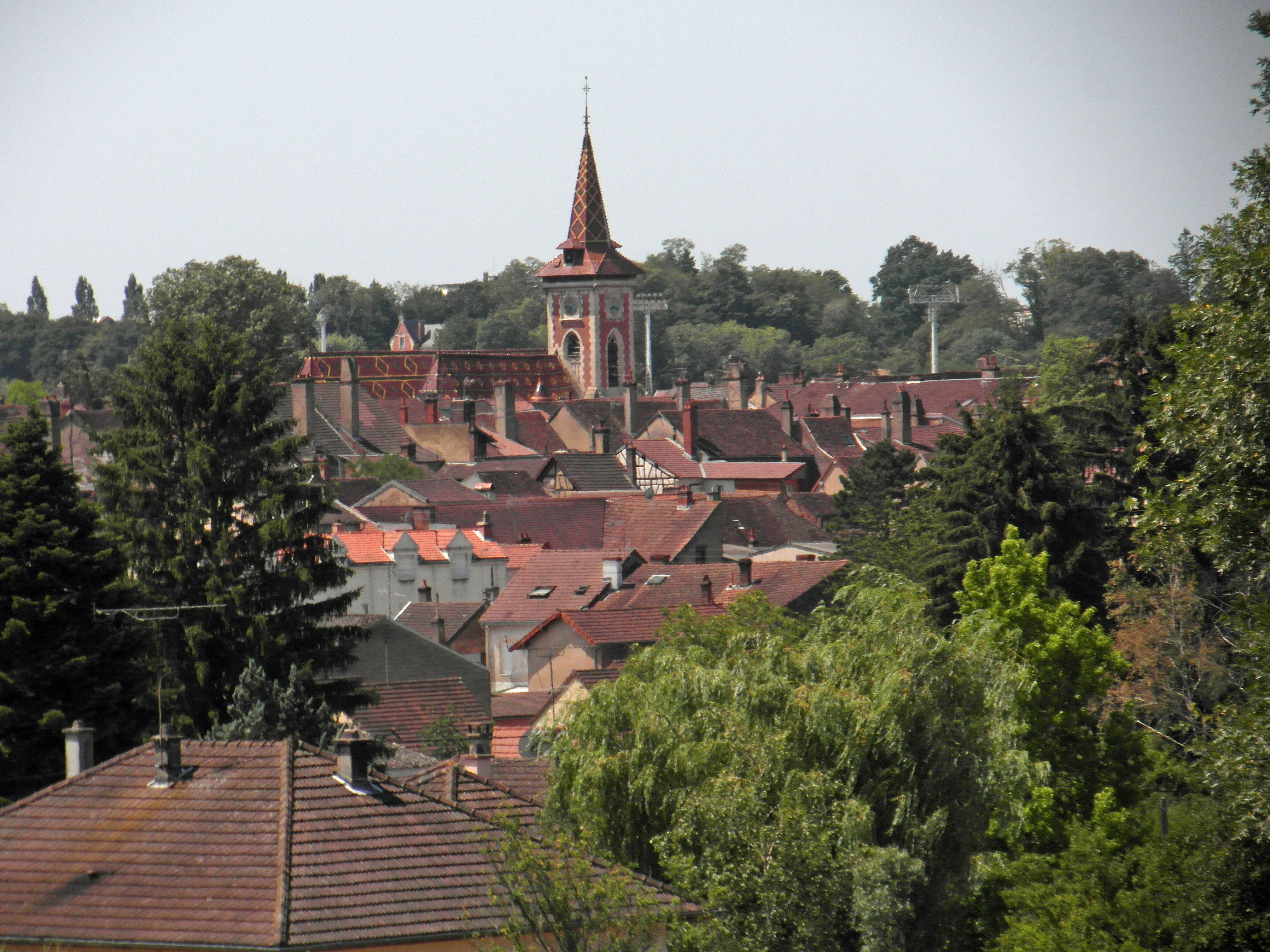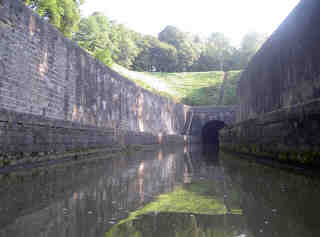|
Bresse
Bresse () is a former French province. It is located in the regions of Auvergne-Rhône-Alpes and Bourgogne-Franche-Comté of eastern France. The geographical term ''Bresse'' has two meanings: ''Bresse bourguignonne'' (or ''louhannaise''), which is situated in the east of the department of Saône-et-Loire, and ''Bresse'', which is located in the department of Ain. The corresponding adjective is ''bressan'', and the inhabitants are ''Bressans''. Bresse extends from the Dombes on the south to the river Doubs on the north, and from the Saône eastwards to the Jura mountains, measuring some in the former, and in the latter direction. It is a plain varying from above the sea, with few eminences and a slight inclination westwards. Heaths and coppice alternate with pastures and arable land; pools and marshes are numerous, especially in the north. Its chief rivers are the Veyle, the Reyssouze and the Seille, all tributaries of the Saône. The soil is gravelly clay but moderately ... [...More Info...] [...Related Items...] OR: [Wikipedia] [Google] [Baidu] |
Bourg-en-Bresse
Bourg-en-Bresse (; ) is the Prefectures in France, prefecture of the Ain department in the Auvergne-Rhône-Alpes region in Eastern France. Located northeast of Lyon, it is the capital of the ancient Provinces of France, province of Bresse (). In 2018, the Communes of France, commune had a population of 41,248. Geography Bourg-en-Bresse is located at the western base of the Jura Mountains, on the left bank of the Reyssouze (river), Reyssouze, a tributary of the Saône. It lies northeast of Lyon and south-southwest of Lons-le-Saunier. History Roman remains have been discovered at Bourg, but little is known of its early history. It was probably pillaged by Goths in Late Antiquity. Raised to the rank of a free town in 1250, it was at the beginning of the 15th century the capital of the dukes of Duchy of Savoy, Savoy in the province of Bresse. In February 1535 it was conquered by France during a full-scale invasion of Savoy, but was restored to Emmanuel Philibert, Duke of Savoy, D ... [...More Info...] [...Related Items...] OR: [Wikipedia] [Google] [Baidu] |
Bâgé-le-Châtel
Bâgé-le-Châtel () is a commune in the Ain department in eastern France. History The name of Bâgé-le-Châtel comes from a Gallo-Roman villa belonging to a certain Balgiasius. In the Middle Ages, three parishes were formed on the territory of the Seigneurs de Bâgé: Bâgé-le-Châtel around the chateau, Saint-André where the church was built, and Bâgé-la-Ville, the largest town. Bâgé-le-Châtel is the ancient capital of Bresse. In 1272, Bresse became part of Savoy when Sibylle de Bâgé, sole heir, married Amadeus V, Count of Savoy. Bourg (today Bourg-en-Bresse), a fortified bastion with 3400 inhabitants, became the capital of Bresse. Bâgé remained a village, whereas Bourg expanded beyond its walls to become the city of today. Population See also *Communes of the Ain department The following is a list of the 391 communes of the Ain department of France. The communes cooperate in the following intercommunalities (as of 2025): [...More Info...] [...Related Items...] OR: [Wikipedia] [Google] [Baidu] |
Bleu De Bresse
Bleu de Bresse () is a blue cheese that was first made in the Bresse area of France following World War II. Made from whole milk, it has a firm, edible coating which is characteristically white in colour and has an aroma of mushrooms. Its creamy interior, similar in texture to Brie, contains patches of blue mould. It is shaped into cylindrical rounds weighing from . Production The curds, inoculated with ''Penicillium roqueforti'', are placed into a perforated mould. After it has formed the desired shape and removed from the mould, the cheese is salted, turned, drained, and covered with pulverized ''Penicillium camemberti'' to form the outer coating. History Bleu de Bresse originated in 1951 by an agricultural cooperative near Servas in response to the growing popularity of Italian cheeses. The small packaged rounds were an innovation for the retail market at the time. See also * List of French cheeses * List of cheeses This is a list of cheeses by place of origin. Che ... [...More Info...] [...Related Items...] OR: [Wikipedia] [Google] [Baidu] |
Dombes
The Dombes (; ) is an area in eastern France, once an independent municipality, formerly part of the provinces of France, province of Burgundy (region), Burgundy, and now a district comprised in the department of France, department of Ain, and bounded on the west by the Saône River, on the south by the Rhône, on the east by the Ain (river), Ain and on the north by the district of Bresse. Topography The region forms an undulating plateau with a slight slope towards the north-west, the higher ground bordering the Ain and the Rhône attaining an average height of about . The Dombes is characterized by an impervious surface consisting of boulder clay and other relics of glacial action. Because of this, there are a large number of rain-water pools, varying for the most part from 35 to in size which cover some 23,000 acres (93 km2) of its total area of 282,000 acres (1,140 km2). These pools, artificially created, date in many cases from the 15th century, some to earlier ... [...More Info...] [...Related Items...] OR: [Wikipedia] [Google] [Baidu] |
Treaty Of Lyon (1601)
The Treaty of Lyon was signed on 17 January 1601 between France and Savoy, to bring an end to the Franco-Savoyard War of 1600–1601. Based on the terms of the treaty, Henry IV of France relinquished Saluzzo to Savoy, while Savoy kept Pont de Gresin, Valserine, and was required to pay France 150,000 livres. In return, Henry acquired Bugey, Valromey, Gex, and Bresse. Eventually, the territory of Bresse was attached to the French military government of Burgundy. See also *List of treaties This list of treaties contains known agreements, pacts, peaces, and major contracts between states, armies, governments, and tribal groups. Before 1200 CE 1200–1299 1300–1399 1400–1499 1500–1599 1600–1699 1700–1799 ... References Sources * External linksSaluzzo*Almanac - January 17 [...More Info...] [...Related Items...] OR: [Wikipedia] [Google] [Baidu] |
Reyssouze (river)
The Reyssouze () is a river in the Ain department in eastern France. It is a left tributary of the Saône, which it joins near Pont-de-Vaux. It is long. Its source is in Journans, in the Bresse region. The Reyssouze flows generally northwest through the following communes: Montagnat, Bourg-en-Bresse, Attignat, Montrevel-en-Bresse and Pont-de-Vaux Pont-de-Vaux () is a commune in the Ain department in eastern France. Population See also *Communes of the Ain department *List of medieval bridges in France A list is a set of discrete items of information collected and set forth .... References Rivers of France Rivers of Auvergne-Rhône-Alpes Rivers of Ain {{France-river-stub ... [...More Info...] [...Related Items...] OR: [Wikipedia] [Google] [Baidu] |
Louhans
Louhans () is a commune in the Saône-et-Loire department in the region of Bourgogne-Franche-Comté in eastern France. INSEE Louhans is the capital of Bresse bourguignonne and a subprefecture of the department. Geography Louhans is centrally located on the plain of , a strongly agricultural region in the eastern part of the department of . The[...More Info...] [...Related Items...] OR: [Wikipedia] [Google] [Baidu] |
Appellation D'Origine Contrôlée
In France, the ''appellation d'origine contrôlée'' (, ; abbr. AOC ) is a label that identifies an agricultural product whose stages of production and processing are carried out in a defined geographical area – the ''terroir'' – and using recognized and traditional know-how. The specificity of an AOC product is determined by the combination of a physical and biological environment with established production techniques transmitted within a human community. Together, these give the product its distinctive qualities. The defining technical and geographic factors are set forth in standards for each product, including wines, cheeses and meats. Other countries and the European Union have similar labeling systems. The European Union's protected designation of origin (PDO and PGI) system has harmonized the protection of all geographical indications and their registration. When labelling wine however, producers may still use recognized traditional terms like AOC, and are not requ ... [...More Info...] [...Related Items...] OR: [Wikipedia] [Google] [Baidu] |
Saône-et-Loire
Saône-et-Loire (; Arpitan: ''Sona-et-Lêre'') is a department in the Bourgogne-Franche-Comté region in France. It is named after the rivers Saône and Loire, between which it lies, in the country's central-eastern part. Saône-et-Loire is Bourgogne-Franche-Comté's most populous department with a population of 551,493 as of 2019.Populations légales 2019: 71 Saône-et-Loire INSEE It is also its southernmost department, as it is situated on the regional border with . Saône-et-Loire's |
Burgundy (region)
Burgundy ( ; ; Burgundian: ''Bregogne'') is a historical territory and former administrative region and province of east-central France. The province was once home to the Dukes of Burgundy from the early 11th until the late 15th century. The capital, Dijon, was wealthy and powerful, being a major European centre of art and science, and of Western Monasticism. In early Modern Europe, Burgundy was a focal point of courtly culture that set the fashion for European royal houses and their court. The Duchy of Burgundy was a key in the transformation of the Middle Ages towards early modern Europe. Upon the 9th-century partitions of the Kingdom of Burgundy, the lands and remnants partitioned to the Kingdom of France were reduced to a ducal rank by King Robert II of France in 1004. The House of Burgundy, a cadet branch of the House of Capet, ruled over a territory that roughly conformed to the borders and territories of the modern administrative region of Burgundy. Upon the extinct ... [...More Info...] [...Related Items...] OR: [Wikipedia] [Google] [Baidu] |
Seille (Saône)
The Seille () is a river originating in the Jura mountains in France. It is a left tributary of the Saône, joining it in the commune of La Truchère, in Saône-et-Loire. It is long. The river's headwaters are in the ''reculée'' (blind valley) of Ladoye-sur-Seille, approximately 8 km south of Poligny. It is joined by the ''Seille de Beaume'', that springs in the blind valley of Baume-les-Messieurs, in Nevy-sur-Seille. From there it crosses the vineyards of the Jura department, irrigating the communes of Nevy-sur-Seille, Voiteur, and Arlay, before reaching the agricultural plain of Bletterans. It then passes Louhans and the Bresse area in the department of Saône-et-Loire, finally flowing into the Saône at La Truchère, a few kilometers south of Tournus. Near its mouth, the Seille forms a 3047 hectare network of ponds, dunes, and bogs, providing a habitat for a large number of migratory birds, including endangered species and rare plant species. The upper part of th ... [...More Info...] [...Related Items...] OR: [Wikipedia] [Google] [Baidu] |
Saône
The Saône ( , ; ; ) is a river in eastern France (modern Regions of France, region of Bourgogne-Franche-Comté). It is a right tributary of the Rhône, rising at Vioménil in the Vosges (department), Vosges Departments of France, department and joining the Rhône in Lyon, at the southern end of the Presqu'île. Terminology The name derives from that of the Celtic mythology, Gallic river goddess Souconna (mythology), Souconna, which has also been connected with a local Celts, Celtic tribe, the Sequani, Sequanes. Monk, Monastic copyists progressively transformed ''Souconna'' to ''Saoconna'', which ultimately gave rise to . The other recorded ancient names for the river were and . The name ''Arar'' later gave rise to specific regional terms in historiography, created to designate various northern parts of History of Burgundy, historical Burgundy in relation to the river Saône. Depending on the point of view of a particular author, northern Burgundian lands were thus designated ... [...More Info...] [...Related Items...] OR: [Wikipedia] [Google] [Baidu] |





